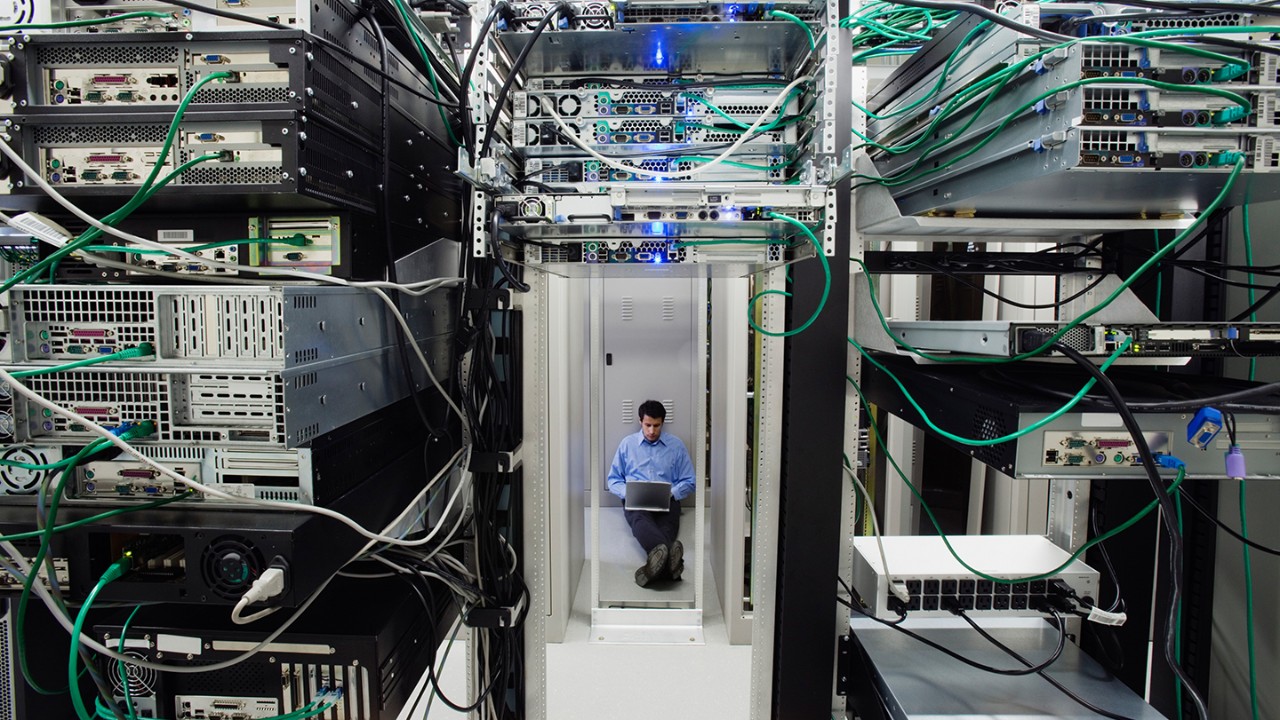As the capabilities of Artificial Intelligence (AI) grow more powerful, we are concerned the data science community is unprepared for the power we now wield.
To be clear, we’re big believers in the far-reaching good AI can do. Every week we learn of new advances that will dramatically improve the world. Recently we’ve seen research that could improve the way we control prosthetic devices, detect pneumonia, understand long-term patient trajectories, and monitor ocean health. By the time you read this, there will be even more examples. Booz Allen contributes to the flow of discovery, researching and deploying new AI capabilities and products.
There is, however, a darker side. One example is a recent study by Stanford University researchers who developed an algorithm to predict sexual orientation from facial images. When you consider recent news of the detainment and torturing of more than 100 male homosexuals in the Russian republic of Chechnya, you quickly see the cause for concern. This software and a few cameras positioned on busy street corners would allow the targeting of homosexuals at industrial scale—hundreds could quickly become thousands. The researchers pointed out that their findings “expose[d] a threat to the privacy and safety of gay men and women.” That disclaimer does little to prevent outside groups from implementing the technology for mass targeting and persecution. The potential for this isn’t so far-fetched: China is already using CCTV and facial recognition software to catch jaywalkers.
Many technologies can be applied for nefarious purposes. This is not new. What is new about AI is the scale and magnitude of its potential impact. This scope is what will allow it to do so much good, but also so much evil. It is like no other technology that has come before. The notable exception is atomic weapons, a comparison others have already drawn. We hesitate to draw on this comparison for fear of perpetuating a sensationalistic narrative that detracts from the conversation. However, it’s the closest parallel we can think of in terms of the scale (potential to impact tens of millions of people) and magnitude (potential to do physical harm).
